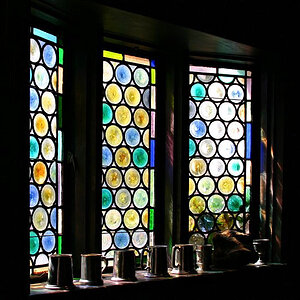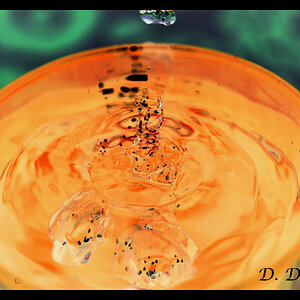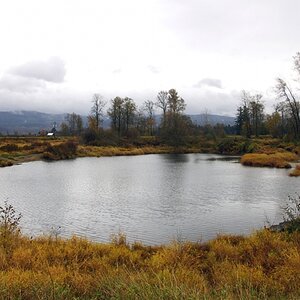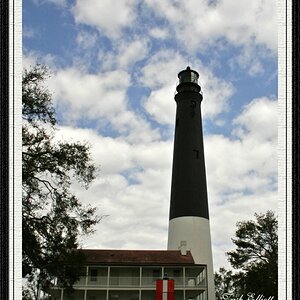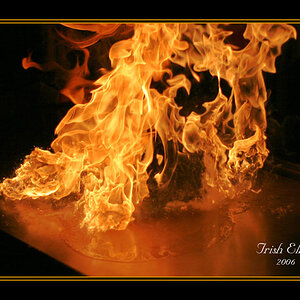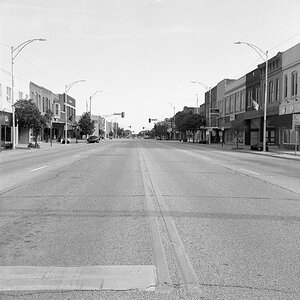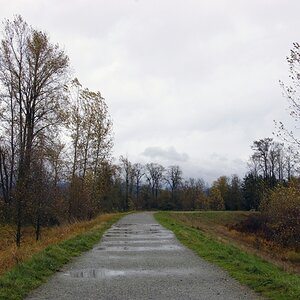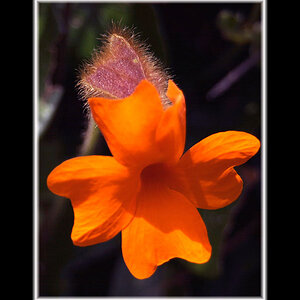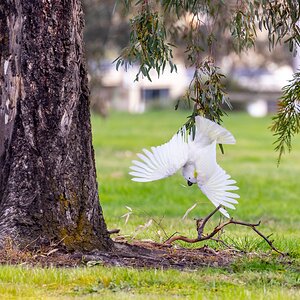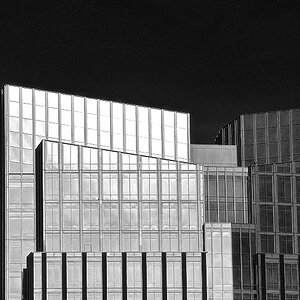Nickanoor
TPF Noob!
Hi everyone, I've been searching a bit for settings for lightning on my T2i, but my problem is that it's too dark. When it DOES flash, it doesn't show up. I'm trying to keep the ISO minimal while still maintaining shutter speed. So, how do you do it? Thanks! Btw, it's getting dark here, that's why it's hard to see it. I'm using a Canon 55-250mm lens.



